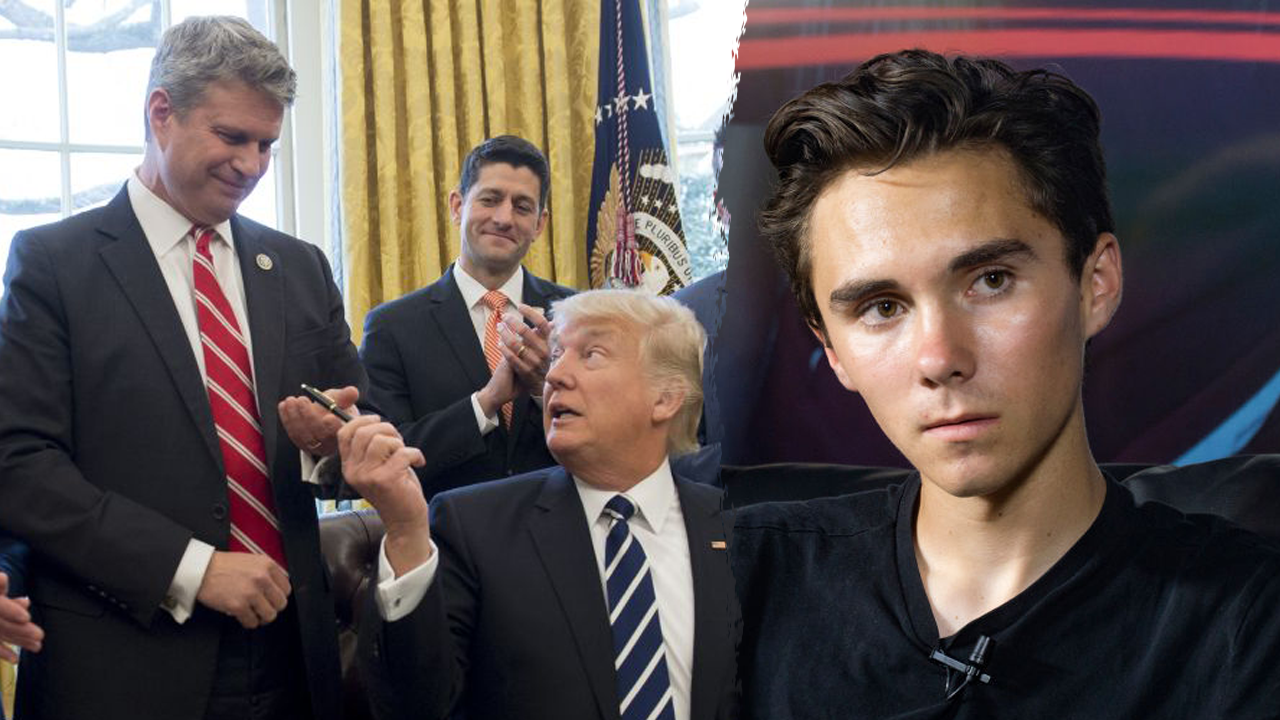Synopsis
Donald Trump's administration plans significant federal budget changes. The proposal includes a $163 billion cut, impacting education and housing. Defence and border security spending will increase. Non-defence discretionary spending faces a 23% reduction. The budget aims to fulfil Trump's promises on border security. Tax cuts extension could add $5 trillion to the national debt. Democrats criticise the cuts as severe.
 AgenciesTrump’s first budget since reclaiming office seeks to make good on his promises to boost spending on border security.
AgenciesTrump’s first budget since reclaiming office seeks to make good on his promises to boost spending on border security.US President Donald Trump's administration on Friday proposed a $163 billion cut to the federal budget that would sharply reduce spending in areas including education and housing next year, while increasing outlays for defence and border security.
The administration said the proposed budget would raise homeland security spending by nearly 65% from 2025 enacted levels.
Non-defence discretionary spending-a slice of the budget that excludes the massive Social Security and Medicare programs as well as the rising cost of interest payments on the nation's debt-would be cut by 23% to the lowest level since 2017, the White House Office of Management and Budget (OMB) said in a statement.
Trump's first budget since reclaiming office seeks to make good on his promises to boost spending on border security while slashing the federal bureaucracy. Congressional Democrats blasted the cuts in domestic spending as too severe, and some Republicans called for boosting spending on defence and other areas.
"At this critical moment, we need a historic budget - one that ends the funding of our decline, puts Americans first, and delivers unprecedented support to our military and homeland security," OMB Director Russ Vought said in the statement.
The federal government has a growing $36 trillion debt pile, and some fiscal conservatives and budget experts worry Trump's proposal to extend his 2017 tax cuts will add to it. The so-called 'skinny budget' is an outline of administration priorities that will give Republican appropriators in Congress a blueprint to begin crafting spending bills.
Extending 2017 tax cuts
Trump is also pushing the Republican-controlled Congress to extend the 2017 tax cuts enacted in his first term, which nonpartisan forecasters say could add $5 trillion to the nation's debt.
The budget proposal calls for a $50 billion cut at the state department as it absorbs the US Agency for International Development.
The proposal calls for a $2.49 billion cut to the tax-collecting Internal Revenue Service (IRS), which one White House budget official said would end former President Joe Biden's "weaponisation of IRS enforcement."
The proposal furthers Trump's promise to shutter or greatly diminish the department of education. It would preserve funding for children from low-income families but slash about 15% of the department's total budget. Funding for the department of housing and urban development, which oversees housing assistance programs, would be almost halved.
"Donald Trump's days of pretending to be a populist are over," said top US Senate Democrat Chuck Schumer. "His policies are nothing short of an all-out assault on hardworking Americans."
13% boost in defence spending
The administration says the budget would boost discretionary defence spending by 13%.
The annual White House budget request includes economic forecasts and detailed proposals about spending levels for every agency for the fiscal year that starts on October 1. Outlays in fiscal 2024 amounted to $6.8 trillion, according to the Congressional Budget Office. Lawmakers often make substantial changes in the White House budget request, but Trump may get much of what he seeks. Republicans in Congress hope to enact the tax cut bill by July 4.
The proposed budget cuts come as US job growth slowed marginally last month and employers continued to hoard workers, while the outlook for the labour market is increasingly darkening.
Nonfarm payrolls increased by 177,000 jobs last month after rising by a downwardly revised 185,000 in March, the labor department's Bureau of Labor Statistics said. The department's closely watched employment report published on Friday also showed that the unemployment rate held steady at 4.2% in April.
.png)
 German (DE)
German (DE)  English (US)
English (US)  Spanish (ES)
Spanish (ES)  French (FR)
French (FR)  Hindi (IN)
Hindi (IN)  Italian (IT)
Italian (IT)  Russian (RU)
Russian (RU) 








Comments